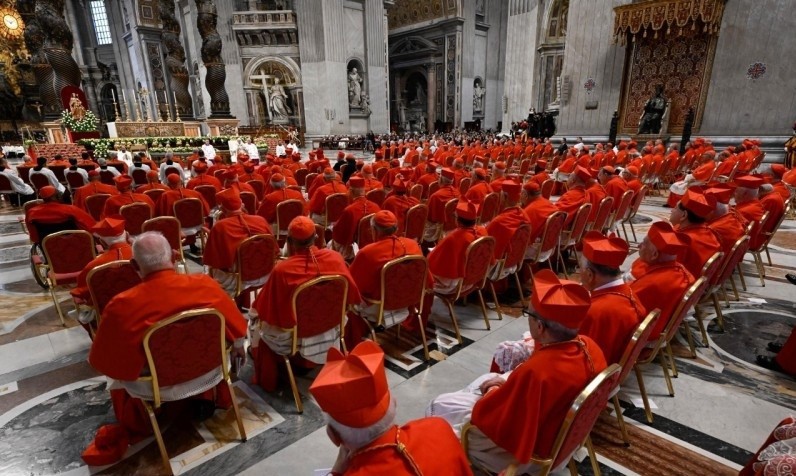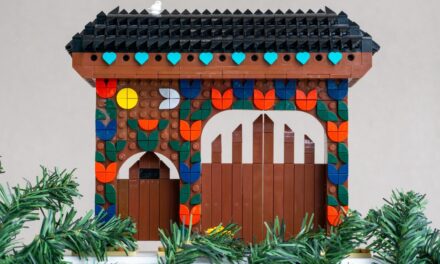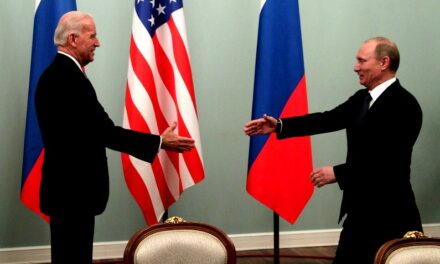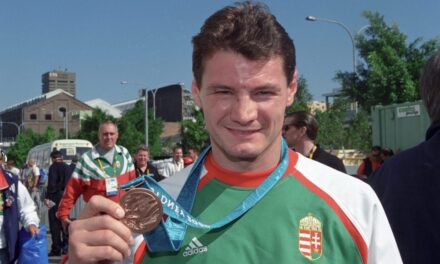In recent days, we have seen the high priests several times - if nothing else, during the Vatican broadcast on television - including the cardinals who appeared.
The cardinal designation first appeared during the reign of Pope Sylvester I (313-325). Those bishops, priests and their deacons were cardinals who officiated at papal liturgical ceremonies. Their role was considered so important that they were compared to the "cardine" that supports and moves the doors, i.e. corner iron and hinge. This is where the name cardinal, or cardinal in Hungarian, comes from.
In 1059, it was decided that the title of cardinal could only be given to the most important ecclesiastics, and only Roman cardinals could elect the pope. The XIII. century, the decision was made that the papal election should take place in a closed and confidential place to avoid external distractions. (this is when the conclave was introduced).
Meanwhile, the role of the cardinals became increasingly important in the XIV. century, so much so that later, in 1415, the Council of Constance was convened with the intention of finding a balance between the power of the cardinals and the authority of the Pope.
The XVI. During the 19th century, Pope Sixtus V reduced the powers of the cardinals. In the following two centuries, the conferring of the cardinal title was extended to lay people, which in the XIX. was abolished in the XXIII. Pope John made the decision that only bishops could be appointed cardinals. VI. Pope Pál introduced the 80-year age limit for participation in the conclave and it was he who maximized the number of cardinals electing the pope at one hundred and twenty. However, this number is changing these days.
Source: wikipedia
Picture: Hungarian Courier













